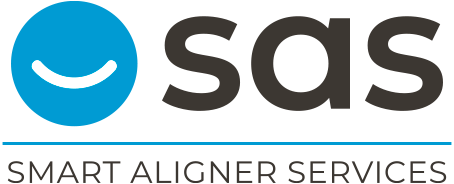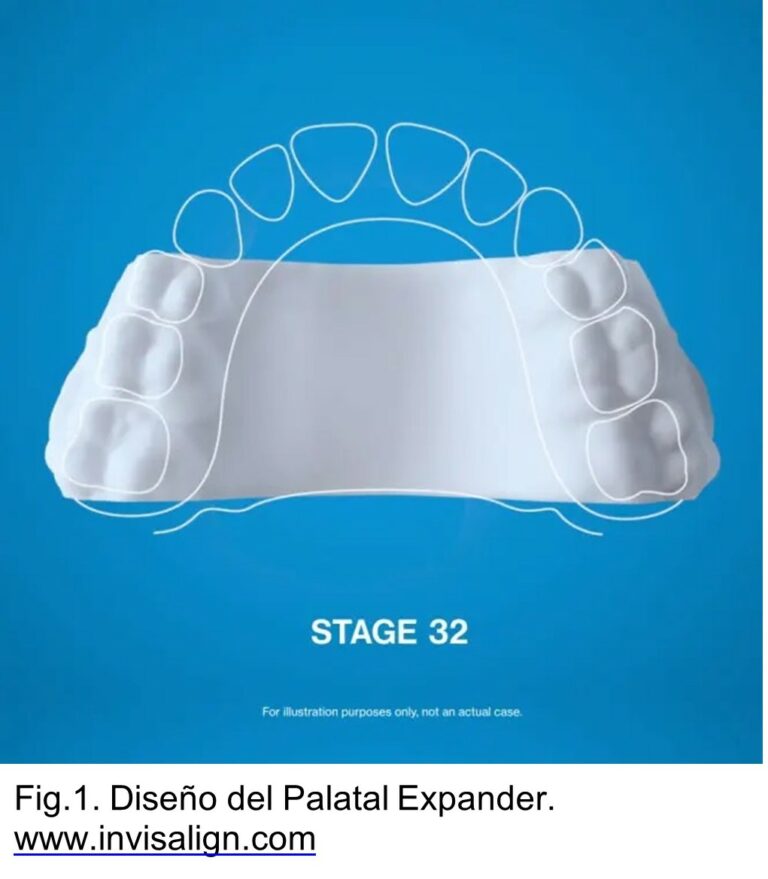
What are the differences between the EX30 and the Invisalign SmartTrack?
Talking about what aligners are made of is probably a somewhat "cumbersome" and unattractive subject. We all like to see cases, especially if they are complex, and enjoy the magnificent mechanics that some professionals apply to solve them. But materials and orthodontics are doomed to understand each other. Throughout its years of history, Align Tecnology has developed different materials to manufacture aligners with optimum physical and mechanical properties with which to move teeth.
They started using Exceed 30 (EX30). This monolayer plastic was a revolution at the time, but since 2013, with the advent of SmartTrack, it has become obsolete. Although studies comparing different materials for the manufacture of aligners have shown that multilayer plastic has superior properties for producing tooth movement compared to monolayer plastic, the EX30 achieved relatively acceptable results that helped Invisalign become the industry leader.
With the introduction of SmartTrack, improvements in the achievement of some movements began to be seen clinically. One of the most significant of these was, for example, the rotation of the lower canines. To achieve this movement with the EX30, in many patients it was necessary to use auxiliary techniques, such as buttons and chain plates, to compensate for the ineffectiveness of the aligners. It may not all have been the "fault" of the change in material: a better understanding of biomechanics and developments in attachment design have also played their part in improving the predictability of this and many other movements.
When searching for the advantages or benefits of changing the material on the Invisalign website, they assure us that, according to their archival data, the predictability of movements achieved with SmartTrack aligners has increased by 75% compared to the predictability achieved with the EX30. If we look at the studies on this subject, the results are not very similar to those published by Invisalign. This should not surprise us, it is common to find disparity between the results obtained by one and the other. There are occasions where even opposite results are obtained, depending on the method used by each one. Without wishing to judge anyone's credibility or possible conflicts of interest, let's take the tables of two well-known studies published in the American Journal, the first on predictability with EX30 material and the second with SmartTrack aligners:
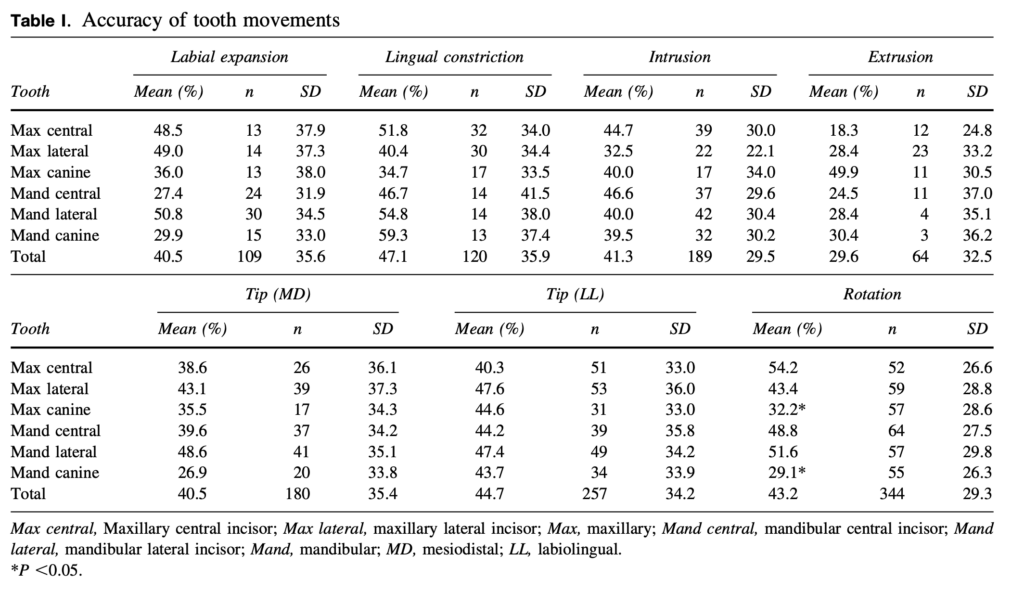

The first study was published in 2009 and the second in 2020. 11 years of evolution and experience separate them. That Dr. Neal Kravitz is a participant in both, gives us a clue that, possibly, the methodology of both is similar, so we can consider the results highly reliable. Reviewing the results, the predictability percentages have improved in all the movements analysed. We can highlight the extrusion of the upper incisors, which has changed from 18% predictability to 56%, or the rotation of the upper incisors, which has changed from 18% predictability to 56% predictability, or the rotation of the upper incisors. lower canineswhich has improved from 29% to 45%. It is curious to see how what we perceive in the clinic has its counterpart response in scientific studies.
After seeing this... would anyone prefer to use monolayer plastic? The answer may be variable. This data only shows results from aligners produced by Invisalign, but it does not mean that other brands have not been able to develop their own materials. The plastic we use is a factor to consider. No one doubts that advances in materials are helping us to achieve more predictable treatments, and they will continue to change and improve. The emerging industry of printed aligners, for example, may also be as revolutionary as SmartTrack was in its day. It is still too early to say, we will see in a few years. Let's leave the engineers to continue researching (if there are any reading this article, they have my full encouragement and support) and let's focus on the part of the treatment where we have the greatest impact, which is none other than digital planning. Together, step by step, we will manage to improve these percentages and make aligner treatments much more predictable.
Kravitz N et al. How well does Invisalign work? A prospective clinical study evaluating the effi- cacy of tooth movement with Invisalign. Am J Orthod Dentofacial Orthop 2009;135:27-35.
Haouili N et al. Has Invisalign improved? A prospective follow-up study on the efficacy of tooth movement with Invisalign. Am J Orthod Dentofacial Orthop 2020;158:420-5.
Shirey N et al. Comparison of mechanical properties of 3-dimensional printed and thermoformed orthodontic aligners. Am J Orthod Dentofacial Orthop 2023;163:720-8.
Share this post:
Other entries
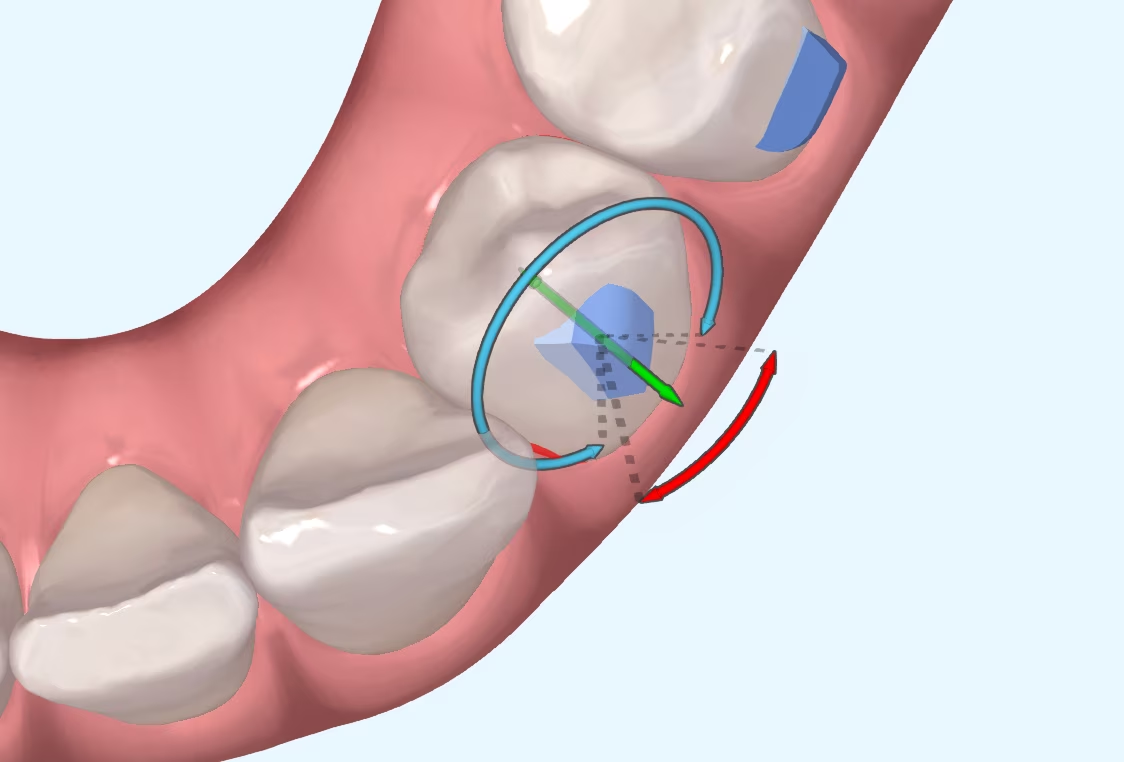
Which attachments are better for premolar rotation?
I suppose many of you are familiar with the myth of Achilles, the Greek hero who was immersed as a child in the River Styx by his mother in order to make him

Has CBCT been a step forward in dentistry?
What is CBCT? CBCT is a medical imaging technique that uses a special type of computed tomography (CT) scan to obtain three-dimensional images.
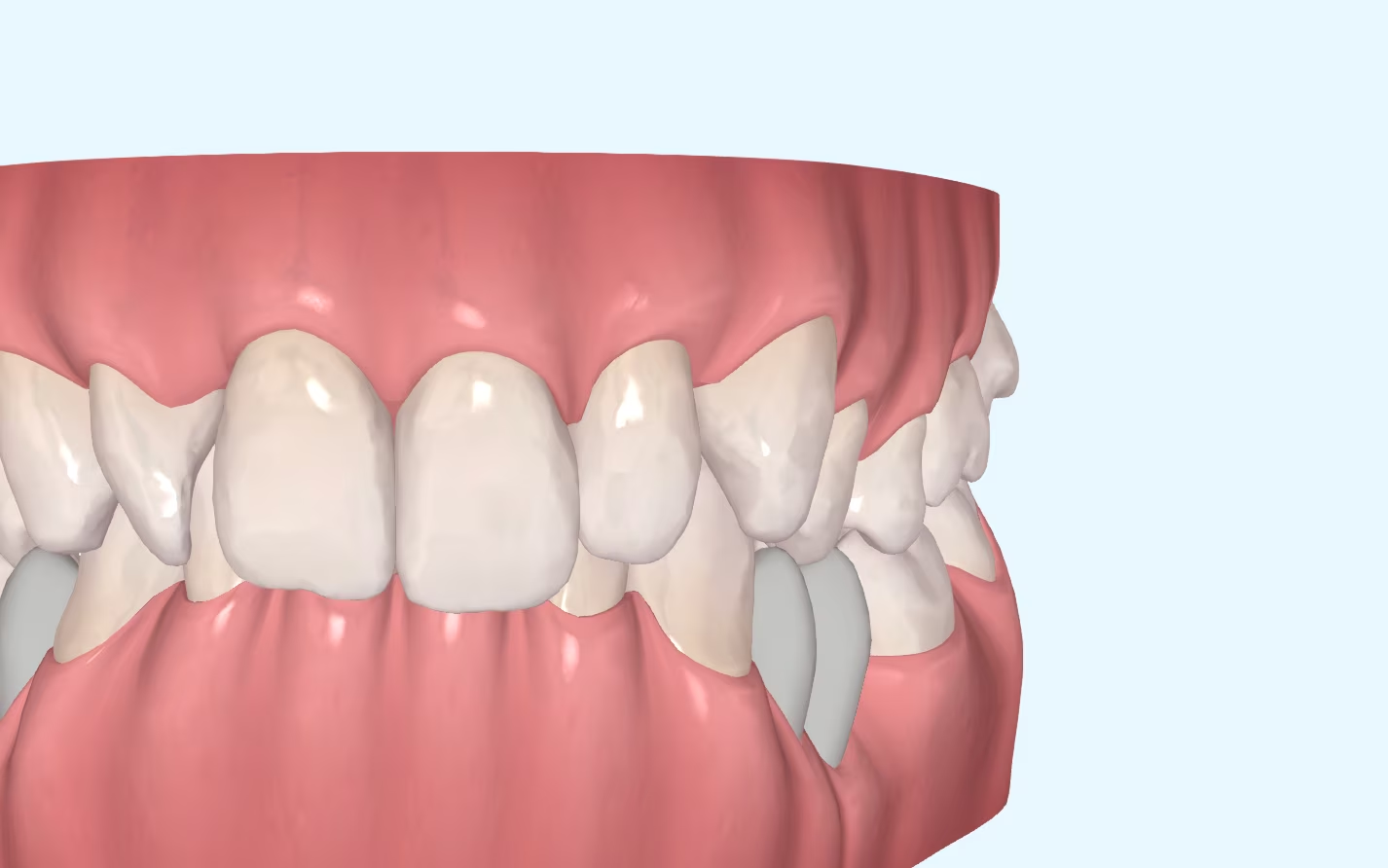
Mastering the Overbite: Strategies and Challenges:
Challenges of Overbite In the more than 20 years that we have been working with invisible orthodontics, we have gone from considering some malocclusions "impossible" to daring to

Are we aware of what we are doing?
It is not a question to make us feel guilty. It is only a question that invites us to reflect, to think about the impact we can have in
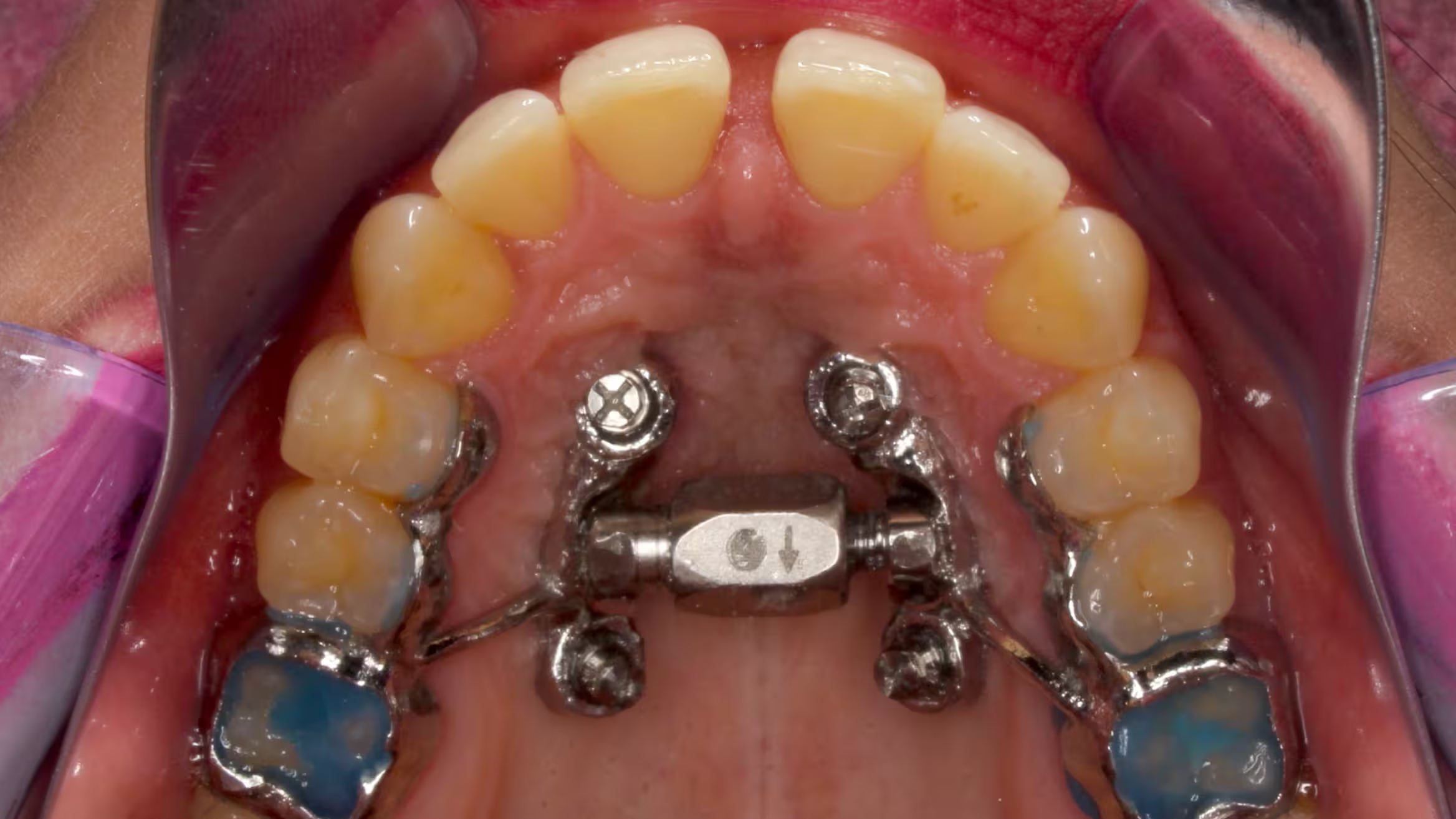
MARPE: Is there an age limit for placement?
Introduction: Understanding Maxillary Compression Maxillary compression is a relatively common problem seen in our daily practice. This osseodental discrepancy that presents the
